10 Things You Need to Know about the Inklings
The Inklings would probably be surprised that people are still talking about them, decades after their meetings ended. They were a group of British writers who gathered in the 1930s-1940s, reading and critiquing each others’ work. Even if you don’t know their names, you’ve probably read or heard about at least two of their famous books: Lord of the Rings and The Chronicles of Narnia.
Who Were the Inklings?
The Inklings had 19 members over the years, mostly Oxford academics or writers living in the Oxford area. C.S. Lewis founded the group and described the membership qualifications as “a tendency to write, and Christianity.” The regular members included C.S. Lewis, J.R.R. Tolkien, Charles Williams, Owen Barfield, Hugo Dyson, Nevill Coghill, Lewis’s brother Warren, Dr. R. E. Havard, and Adam Fox. Tolkien’s son, Christopher, was in the group for a time. Other steady attendees included Jack A. W. Bennett, Lord David Cecil, John Wain, J. H. Grant III and Roger Lancelyn Green. Dorothy L. Sayers, Lewis’ wife Joy Davidman, and Lewis’ cousin Camille Smith didn’t attend Inklings meetings, but they were familiar with the Inklings' work.
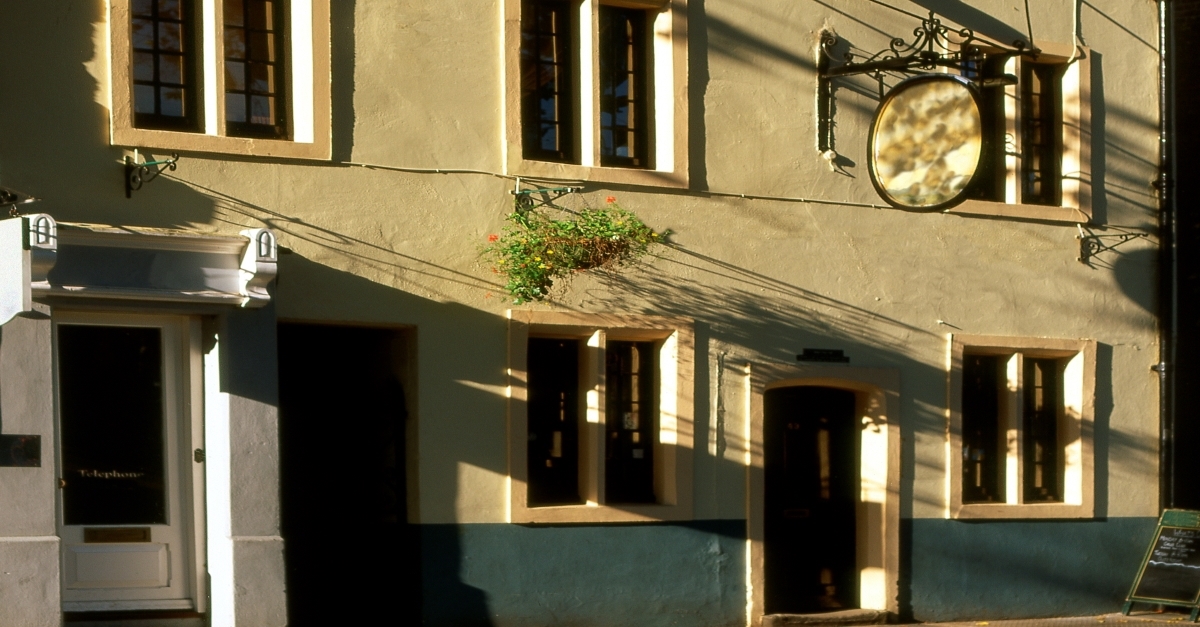
Photo Credit: Getty Images/Nickos
Where Did The Inklings Meet?
The Inklings met in several places, most notably in two locations. On Thursdays, they met in Lewis’ rooms at Magdalen (pronounced Maudlyn) College, Oxford. On Tuesdays, they met at an Oxford pub called The Eagle and Child (which they called “The Bird and Baby”).
The Inklings were effectively a band of brothers. They were each affected by war, and their fellowship kept them from the despair many writers suffer from. Dian Glyer writes, "The Inklings acted as collaborators, supporters, critics, and editors—resonators." The most famous big four Inklings discussed, edited, and completed important books during this period, including:
- All Hallows Eve by Charles Williams
- Out of the Silent Planet and Mere Christianity by C.S. Lewis
- The Lord of the Rings by J.R.R. Tolkien
- Romanticism Comes of Age by Owen Barfield
Who Were the Big Four Inklings?
These very brief notes give an idea of what each of the big four Inklings contributed to the group:
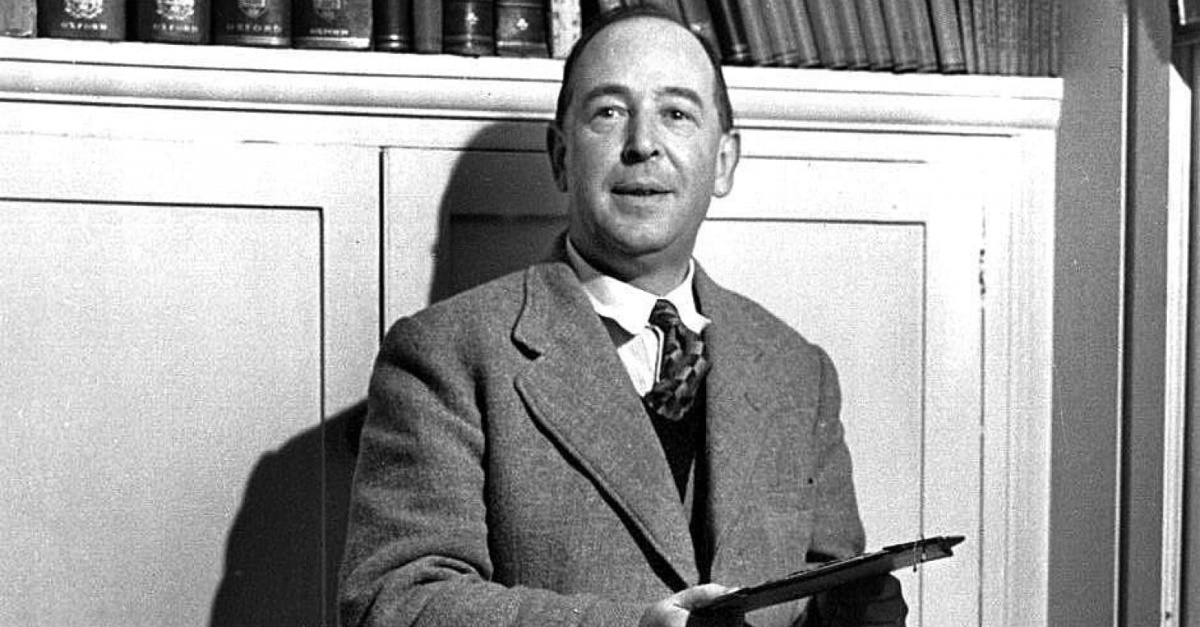
Photo Credit: Public Domain
C.S. Lewis (1898-1963): Coming to faith in his early thirties, Lewis used his keen intellect as a lay theologian. His influence still reaches millions through his articles, and his fiction and non-fiction books. He was the driving force behind the Inklings.
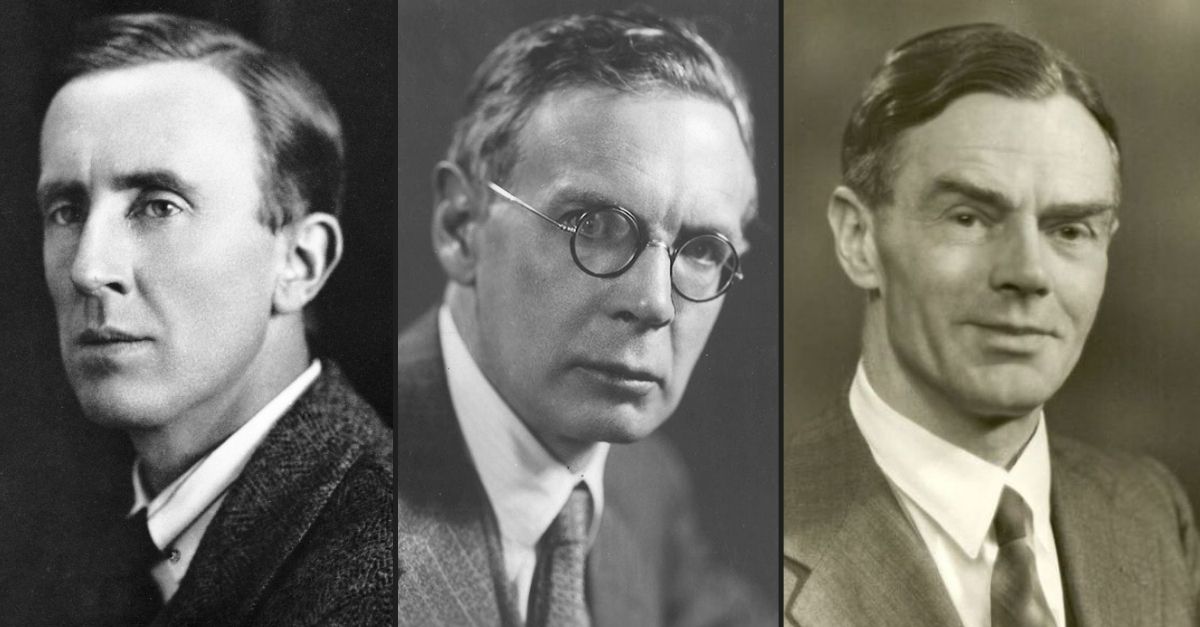
Left: J.R.R. Tolkien, 1940s public domain photo. Center: Charles Williams, public domain photo. Right: Owen Barfield, used with permission of the Owen Barfield Literary Estate.
J.R.R. Tolkien (1892-1973): A philologist (scholar of languages) and a devout Roman Catholic. He and Lewis enjoyed a close friendship for many years, which became distant some time after WWII. Tolkien suggested in some 1960s letters that they saw less of each other after Lewis and Williams became friendly, although earlier letters suggest he and Williams got along fine.
Owen Barfield (1898-1997): One of Lewis’ close friends when they were studying at Oxford, they had many heated discussions about philosophy. Barfield and Lewis later called these debates “the Great War.” The debates included arguing over Barfield’s belief in Anthroposophy and Lewis’s belief in “absolute idealism’ which states we all are part of one Reality. Barfield never gave up Anthroposophy, but he became an Anglican decades later. The debates also helped Lewis see that atheism was insufficient, which led him toward Christianity. Because Owen Barfield worked in his family’s law offices for thirty years, he didn’t regularly attend the Inklings, but his literary influence eclipsed many other members.
Charles Williams (1886-1945): An editor at Oxford University Press and a novelist, poet, and playwright, Williams was friends with Lewis, Dorothy L. Sayers, and Tolkien. While he was a practicing Anglo-Catholic, from our contemporary perspective, his life seems a contradiction. He professed to be an Anglo-Catholic and also belonged to A. E. White’s secret occult society, The Fellowship of the Rosy Cross (FRC). Correctly or not, Williams and other FRC members saw the group's rituals as a form of Christian mysticism. Williams was an Inkling for the last six years of his life.
10 Important Events in the Inklings’ Life
1. In 1926, Lewis befriended Tolkien and joined his group, the Kolbitar (Coalbiters). They read through the Icelandic Sagas in the original language.
2. In September 1931, Lewis became a Christian. While this event predated the Inklings, it dramatically affected his later discussions with his friends.
3. In 1933, Lewis and his circle of friends formed The Inklings. Lewis had been meeting Barfield and Tolkien individually since the 1920s. They transferred the group’s name from a disbanded group previously run by a fellow Oxford undergrad.
4. In 1936, Lewis met Williams after learning they liked each other’s books. Lewis had recently finished reading Williams’ novel The Place of the Lion, and Williams edited Lewis’ book Allegory of Love (dedicated to Barfield) when Oxford University Press published it.
5. In 1937, Tolkien’s The Hobbit was published.
6. In 1939, World War II began. Two of Tolkien’s sons served. The London bombings caused Oxford University Press to move offices to Oxford. As a result, Williams moved to Oxford and began regularly attending Inklings meetings.
7. In August 1941, Lewis started a BBC radio series titled Right or Wrong: A Clue to the Meaning of the Universe. Lewis presented more radio talks through 1944, likely presenting the ideas to the Inklings beforehand. These talks eventually became Lewis’ famous book Mere Christianity.
8. In May 1945, weeks before World War II ended, Williams died. Lewis deeply missed him, and some believe Williams' death was the beginning of the end for Inklings meetings.
9. In 1949, Tolkien completed The Lord of the Rings (published 1954-1955).
10. In October 1949, The Inklings held their last recorded “official” meeting, although they still gathered on Tuesdays at the Eagle and the Child.
10 Important Quotes by the Inklings
1. “What I owe them is incalculable.”—C.S. Lewis
2. “We owed each a great debt to the other.”—J.R.R. Tolkien
3. Lewis said The Lord of the Rings “was like lightning out of a clear sky.”
4. “He was for long my only audience. Only from him did I ever get the idea that my “stuff” could be more than a hobby.”—Tolkien, explaining how Lewis convinced him to finish his “stuff,” The Lord of the Rings.
5. “A circle of instigators, almost of incendiaries, meeting to urge one another on in the task of redirecting the whole current of contemporary art and life.”—Lesser-known Inkling John Wain describing the group
6. “The qualities, then, that gave The Inklings their distinctive personality were not primarily their opinions; rather it was a feeling for literature, which united, in an unusual way, scholarship and imagination. Their standard of learning was very high. To study a book in translation or without proper knowledge [of] its historic background would have been to them unthinkable; they were academic in the best sense of the word. But—and this is what made them different from most academics—they already read imaginatively. The great books of the past were to them living in the same way as the work of a contemporary.”—Lord David Cecil
7. “Lewis was in love with the imagination, but I wanted to marry it.”—Owen Barfield
8. “An almost Platonic discussion... followed for about two hours in St. Paul's churchyard.”— Williams' description of a London lunch meeting and conversation with Hugo Dyson, Lewis, and his brother Warnie (a sort of Inklings meeting away from Oxford).
9. “I wrote this story for you, but when I began it I had not realized that girls grow quicker than books. As a result you are already too old for fairy tales, and by the time it is printed and bound you will be older still. But some day you will be old enough to start reading fairy tales again.”—C.S. Lewis' dedication of The Lion, the Witch, and the Wardrobe to Owen Barfield’s daughter Lucy.
10. “But in fact [I and Lewis] saw less and less of one another after he came under the dominant influence of Charles Williams… Williams’ influence actually only appeared with his death: That Hideous Strength, the end of the trilogy, which (good though it is in itself) I think spoiled it.”—J.R.R. Tolkien, describing how Williams informed the last book in Lewis’ Space Trilogy.
10 Things You Should Know about the Inklings
1. The Inklings’ lives and the works they read to each other have impacted people from all walks of life. Watergate offender Chuck Colson (who later founded Prison Fellowship and the Colson Christian Worldview Center) said Lewis’ Mere Christianity played a significant role in his conversion. J.R.R Tolkien influenced at least several other prominent fantasy writers, including George R. R. Martin, Peter S. Beagle, and Harry Turtledove. Williams' Oxford lectures influenced the likes of Philip Larkin and Sidney Keyes.
2. Tolkien, known as a “notorious non-finisher,” flourished within the Inklings. The group dispersed after Lewis’ death in 1963, and Tolkien suffered increased isolation and struggled to write.
3. Lewis and Tolkien were the de facto glue that held the Inklings together. Their last meeting at Lewis’ rooms included a ham dinner on October 20, 1949. No one showed up the following week, or the next, marking the official end of the Thursday group. They did, however, continue to meet on Tuesday mornings.
4. Lewis, Tolkien, and Barfield took regular, long hikes. At least one spanned the width of Britain. Displaying their oft-spoken humor, they called themselves “the Cretaceous Perambulators.”
5. Tolkien didn’t care for Lewis’ The Lion, the Witch, and the Wardrobe, saying, “It is sad that ‘Narnia’ and all that part of C.S.L.’s work should remain outside the range of my sympathy, as much of my work was outside his.” Yet this did not hinder their relationship or the group’s discussions.
6. The Inklings had a wide variety of genres and styles: their oeuvre included children’s tales, newspaper articles, academic essays, epic fantasy novels, poems, and plays.
7. The Inklings’ discussions and personal conclusions often led to published works, which means their influence continues in contemporary literature and letters.
8. Tolkien previously belonged to a group called TCBS (Tea Club and Barrovian Society), which lasted until two of them died in WWI. The TCBS discussed religion, art, and moral behavior. Tolkien described it as “friendship to the Nth power.”
9. The Inklings were not unique. Literary circles had existed before and continue to this day, some formal and some informal. Previous literary groups include The Transcendental Club (1830s) which included Emerson and Thoreau, and The Bloomsbury Group (1900s-1930s) which included Virginia Woolf and John Maynard Keynes.
10. The Inklings viewed their group as “bardic defenders of the best of western civilization.” According to Philip and Carol Zaleski, who wrote The Fellowship: The Literary Lives of the Inklings, “Their great hope was to restore Western culture to its religious roots, to unleash the powers of the imagination, to re-enchant the world through Christian faith and pagan beauty.”
While their grand hope to restore the Christian faith has not succeeded, this fantastic group of writers (especially Lewis and Tolkien) has awakened many readers to grand imaginings. That Christian faith undergirded much of it makes it all the better.
Books on the Inklings:
Many good books exist to continue your research, including:
Bandersnatch and The Company They Keep by Diana Pavlac Glyer
The Inklings by Humphrey Carpenter
The Letters of J.R.R. Tolkien, edited by Humphrey Carpenter with Christopher Tolkien
The Fellowship by Philip Zaleski and Carol Zaleski
The Inklings Handbook by Colin Duriez
Further Reading:
10 Things You Need to Know about J.R.R. Tolkien
Why is C.S. Lewis So Important?
15 Great Christian Sci-Fi Books for Kids and Adults
Cover Photo Credit: Getty Images/Italika
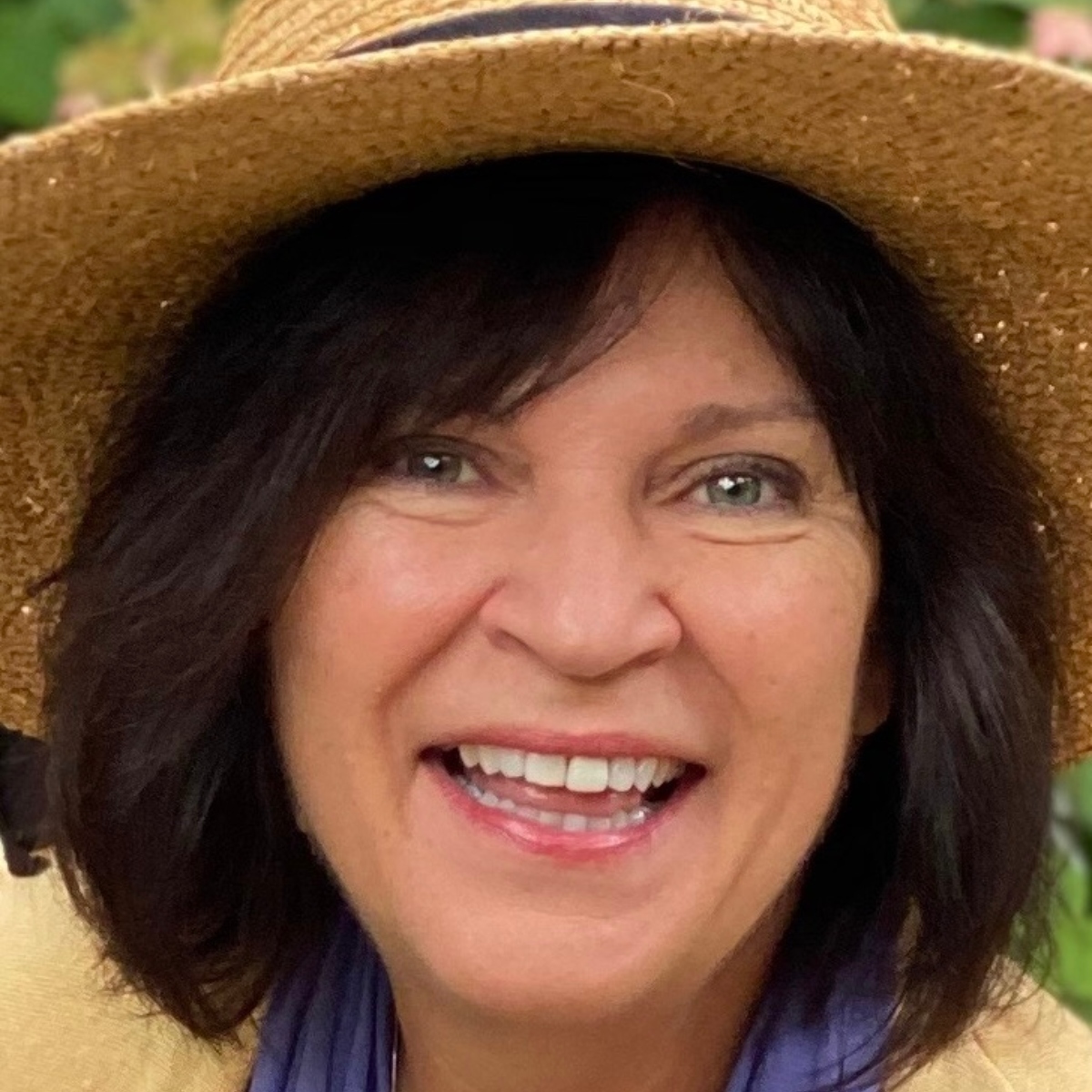
This article is part of our People of Christianity catalog that features the stories, meaning, and significance of well-known people from the Bible and history. Here are some of the most popular articles for knowing important figures in Christianity:
How Did the Apostle Paul Die?
Who are the Nicolaitans in Revelation?
Who Was Deborah in the Bible?
Who Was Moses in the Bible?
King Solomon's Story in the Bible
Who Was Lot's Wife in the Bible?
Who Was Jezebel in the Bible?
Who Was the Prodigal Son?
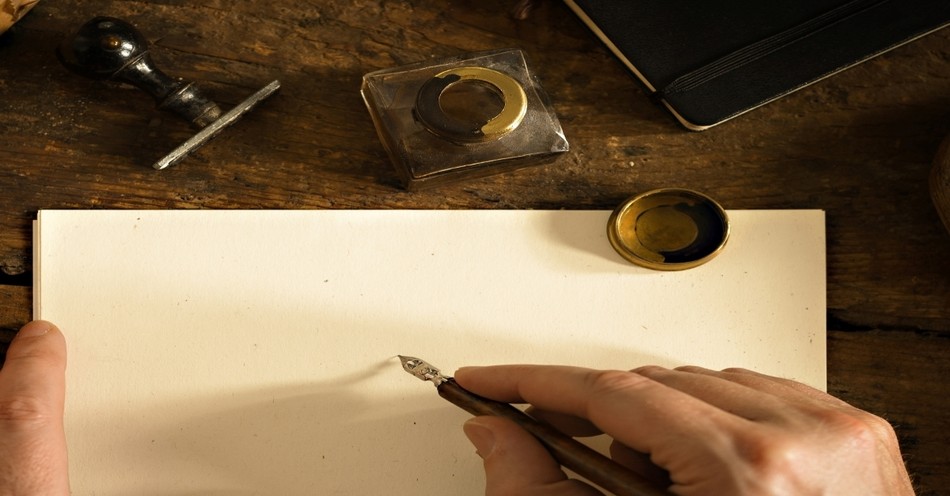
_639003522088907085.jpg)

